Description
- 『𝗜𝗡𝗖𝗟𝗨𝗗𝗘𝗦』 (1) Beautiful live, easy to grow Turtle Vine houseplant. The leaves are vary in colors from green striped, pinkish and cream with a burgundy underside
- 『𝗙𝗟𝗢𝗪𝗘𝗥𝗦』Small, white, and appear in late spring or early summer.
- 『𝗚𝗥𝗘𝗔𝗧 𝗚𝗥𝗘𝗘𝗡 𝗛𝗢𝗠𝗘 𝗗𝗘𝗖𝗢𝗥』Use your houseplants to brighten your living space or even your home office.
- 『𝗪𝗢𝗡𝗗𝗘𝗥𝗙𝗨𝗟 𝗚𝗜𝗙𝗧』For plant lovers that is beautiful, and practical.
- 『𝗡𝗢𝗧𝗘𝗦』We ship all year round, if your area is cold (under 40 degree), please consider purchasing a Heat Pack to add to your order: https://www.amazon.com/dp/B0BL6S6XHS?ref=myi_title_dp
Product Description
CALLISIA REPENS PINK LADY
The Pink Lady (Callisia Repens) is an attractive low-growing, perennial succulent that primarily grows during the late spring and early summer. This evergreen plant can grow up to 4 inches tall and spread up to 4 feet or more. Pink Lady has small waxy round leaves in a lovely pink and light green stripe pattern. This is a fantastic ground dweller and can be used for tropical terrariums or displays as it prefers slightly humid environments.
Callisia Repens Creeping (Pink Lady) is a perfect, low-maintenance houseplant for any living space. Our healthy plants come directly from California to you. Upon receiving your plant, simply open the box and position it on a well-ventilated, sunlit windowsill. Water only when the soil feels dry to the touch.
POTTING AND REPOTTING
To ensure your plant thrives and remains healthy, it’s essential to prioritize proper drainage and soil aeration. Select pots made of materials like concrete, terracotta, or ceramic that have drainage holes at the bottom. These holes allow excess water to escape and prevent the roots from sitting in stagnant water, which can lead to root rot. Enhance soil aeration through weekly shovel probing, fostering air pockets that enhance the roots’ ability to absorb water, nutrients, and oxygen.
Consider repotting your plant every 1-3 years, particularly when it outgrows its current pot. The exact time to repot depends on the growth rate of each plant and its pot size. Aim to repot during the growing season using a pot that is only one size larger than the original. Utilize fresh, clean, well-draining soil, and inspect the roots for any signs of damage or disease before repotting.
PROPAGATION
You can propagate Pink Lady using three methods: seeds, cuttings, or offsets. Offset refers to the cloned plants that were grown from the original plant.
- To propagate Pink Lady from seeds, place them in well-draining soil without watering them immediately. Use two fingers to open up a small growing area in the center of the soil. Try to place the seedlings in moist, humid areas.
- To propagate using cuttings, simply snip off a stem with 4-5 leaves. Place them in a pot that allows for proper drainage.
- Propagating using offsets is easy. Use a pair of sharp scissors to cut an offset and clean off all the soil from its roots. Let it sit for a few days to let the cut area callous before placing it in well-draining soil.
FLOWERING
Pink Lady produces flowers between late spring and early summer. This plant has small pink to creamy flowers that cascade over the edge of planters. These flowers add an adorable pastel pink shade to Pink Lady’s sweet colors and enhance the plant’s beauty. Its compact leaves and flowers in pink, green and white can brighten any corner of your home or garden.
CARE GUIDE
Light
|
Water
If you live in a dry area, regularly mist your Pink Ladies to increase humidity. |
Temperature
|
Soil
|
FAQ
Q. Is this plant toxic to humans and pets?
Pink Lady is officially classified as poisonous. Symptoms of nausea, vomiting, and loss of appetite may occur upon ingestion. Keep Pink Lady plants away from pets or small children. Seek medical help immediately if pets or children accidentally eat this plant and/or develop such symptoms.
Q. What are some common problems of Pink Lady?
Root rot due to overwatering is a very common issue. It shows in the plant’s browning or blackening stems. Remove the rot parts and let the roots dry out before moving your plant to a pot with fresh, well-drained, and porous soil.
Fading leaves means that your plant hasn’t got enough light. Move it to a brighter spot but avoid harsh direct sunlight.
Q. How do you pack the plants?
Your plant will be shipped bare-root in a sturdy box to ensure its safety. If you want to receive the plastic pot & soil, please leave a note in your order. When opening your package, some soil may be loose in the box.
If you live or have an order being shipped to a location with temperatures that reach below 40 degrees Fahrenheit, we strongly recommend purchasing a winter heat pack to ensure your plant(s) arrive safely and without damage caused by winter temperatures.
Q. What should I do after receiving my box?
If your succulents arrive potted with dry soil, you can leave the plants in the nursery pot and wait 2-3 days before watering them. When watering, please give them a good soak. If your succulents arrive potted with wet soil, the first thing you need to do is to check their leaves and roots’ condition. If the succulents look overwatered (yellow, transparent, and soggy leaves), remove the soil from the succulents’ root, and let them air dry for 1-2 days before re-potting it in a suitable pot. If the succulents look healthy, you can leave them in the nursery pots and water only when the soil is completely dry.
Q. What to do if there is an issue with my order?
We will gladly offer a replacement if your plants arrive broken/ dead. We always try our best to accommodate you 🙂

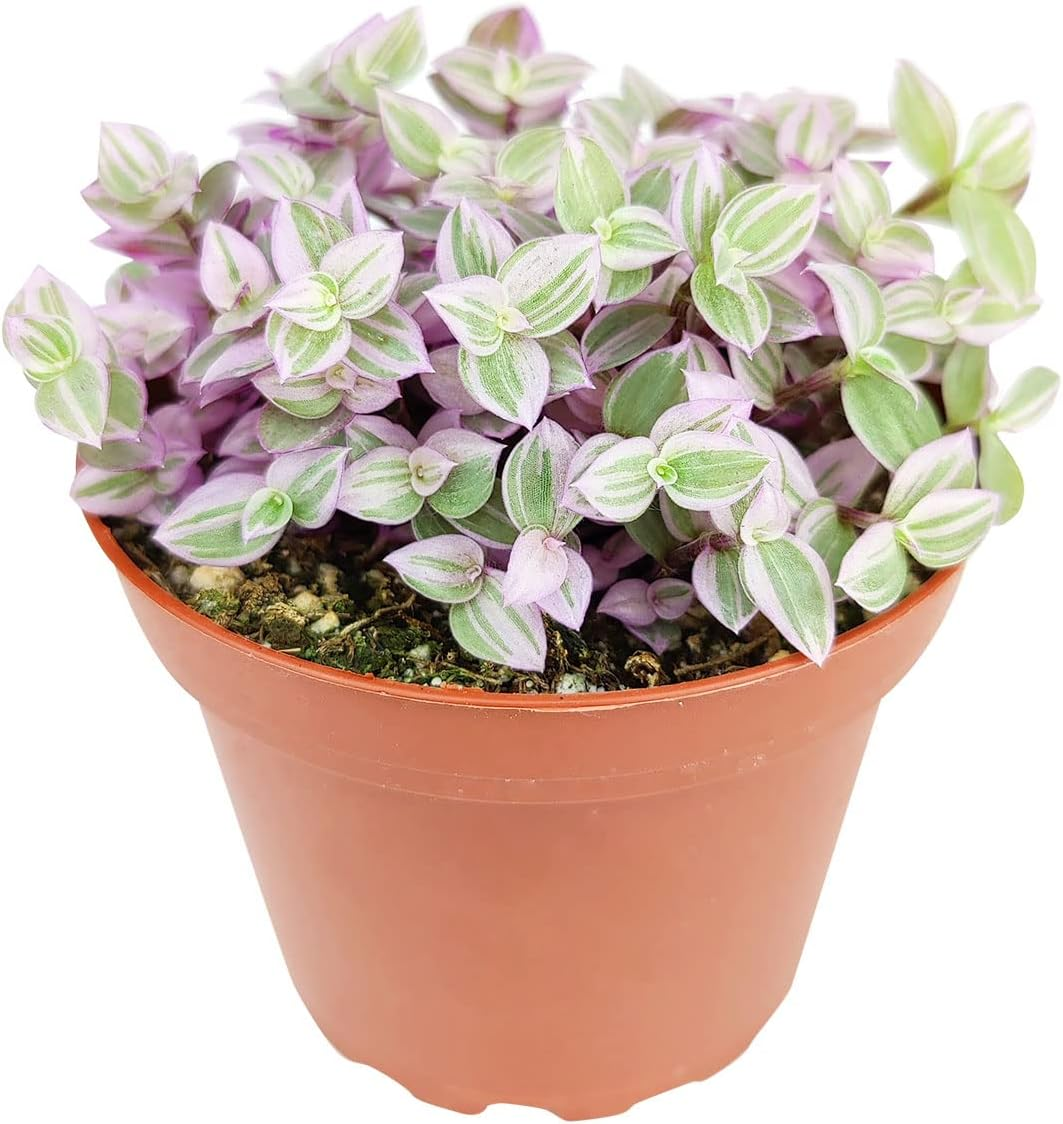
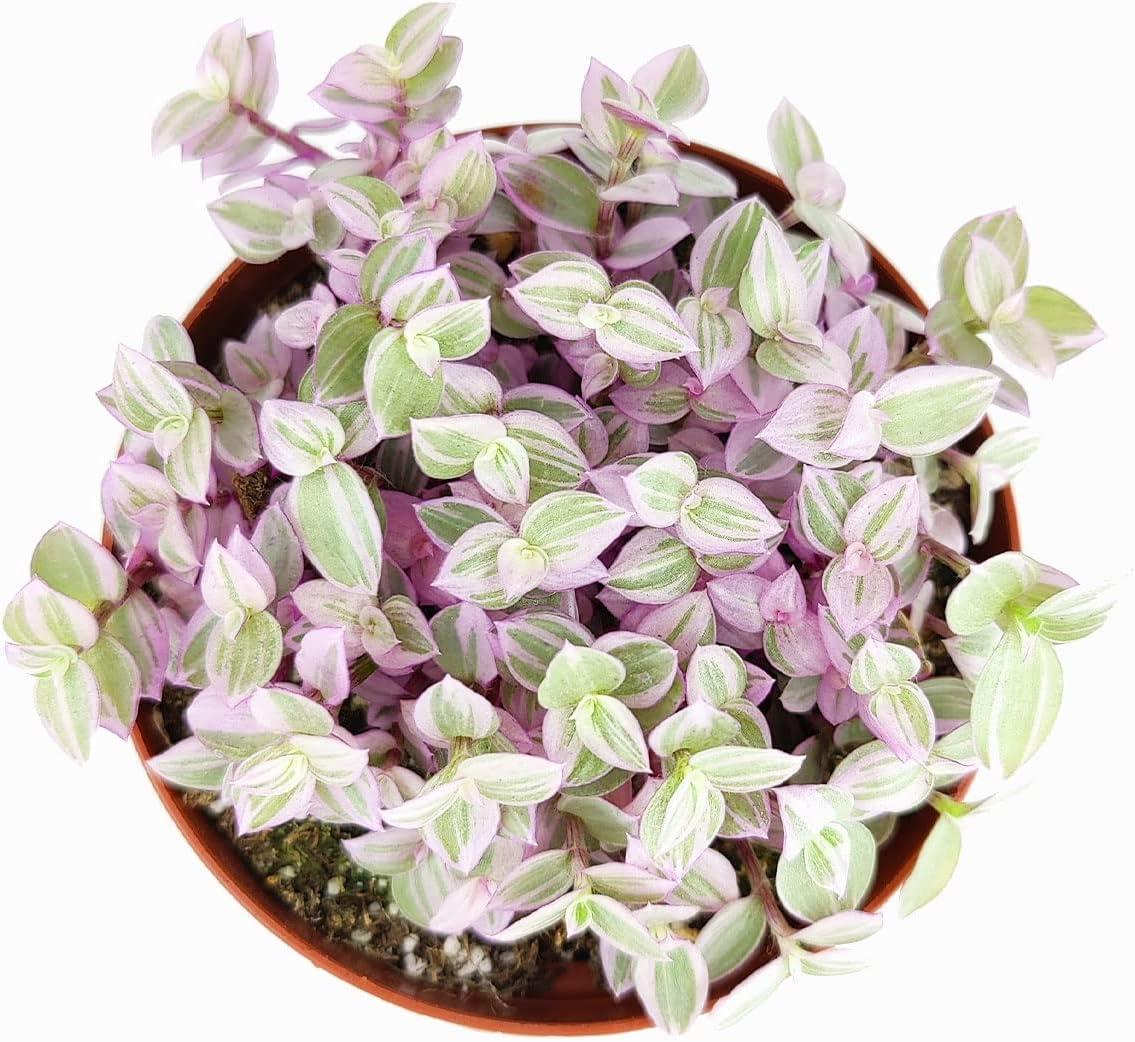

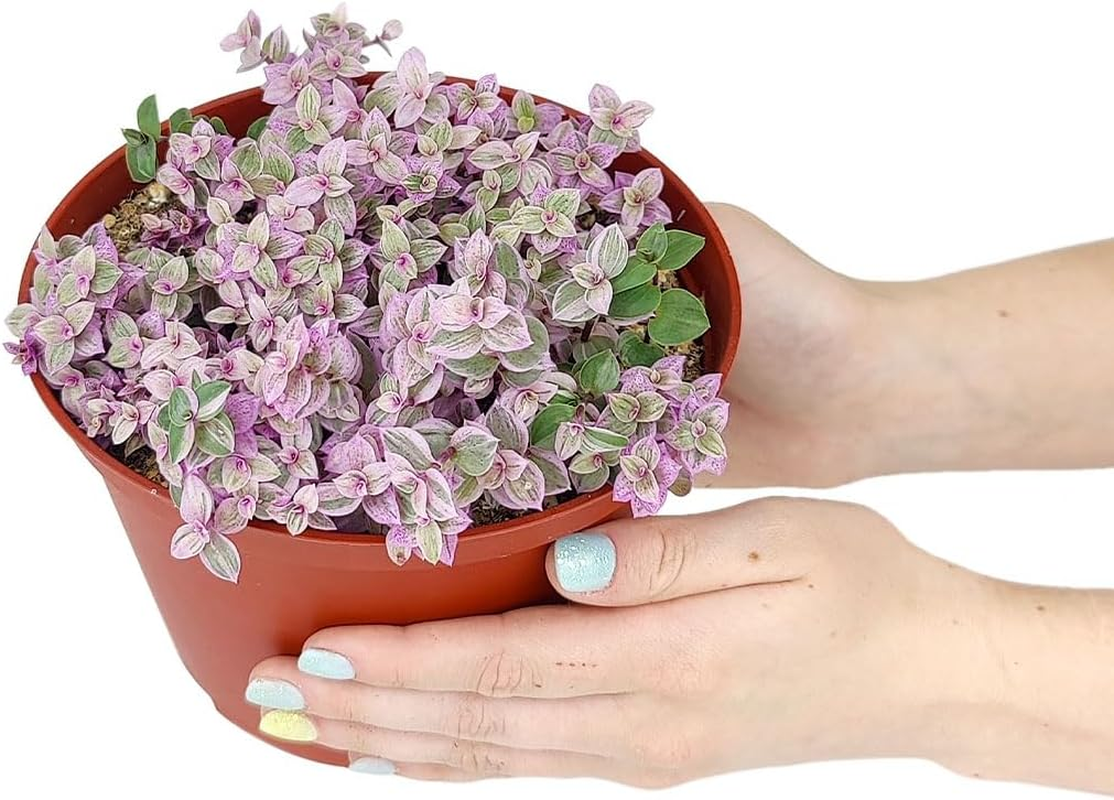
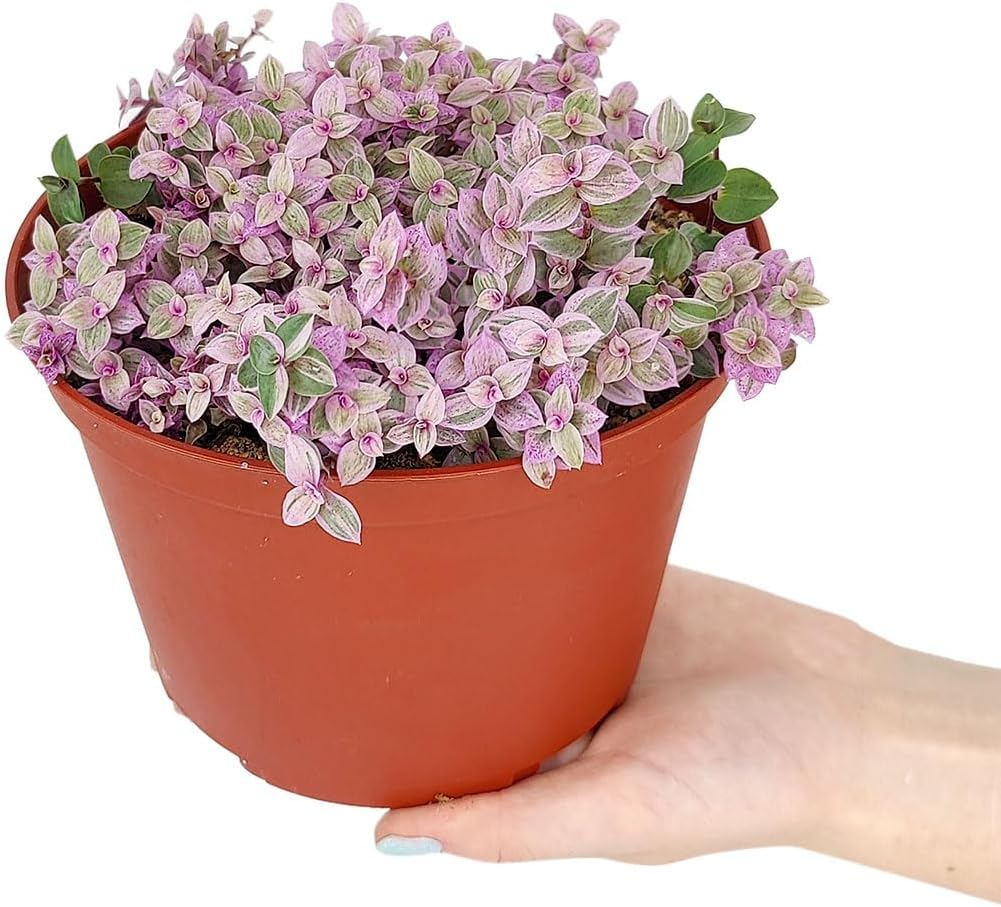
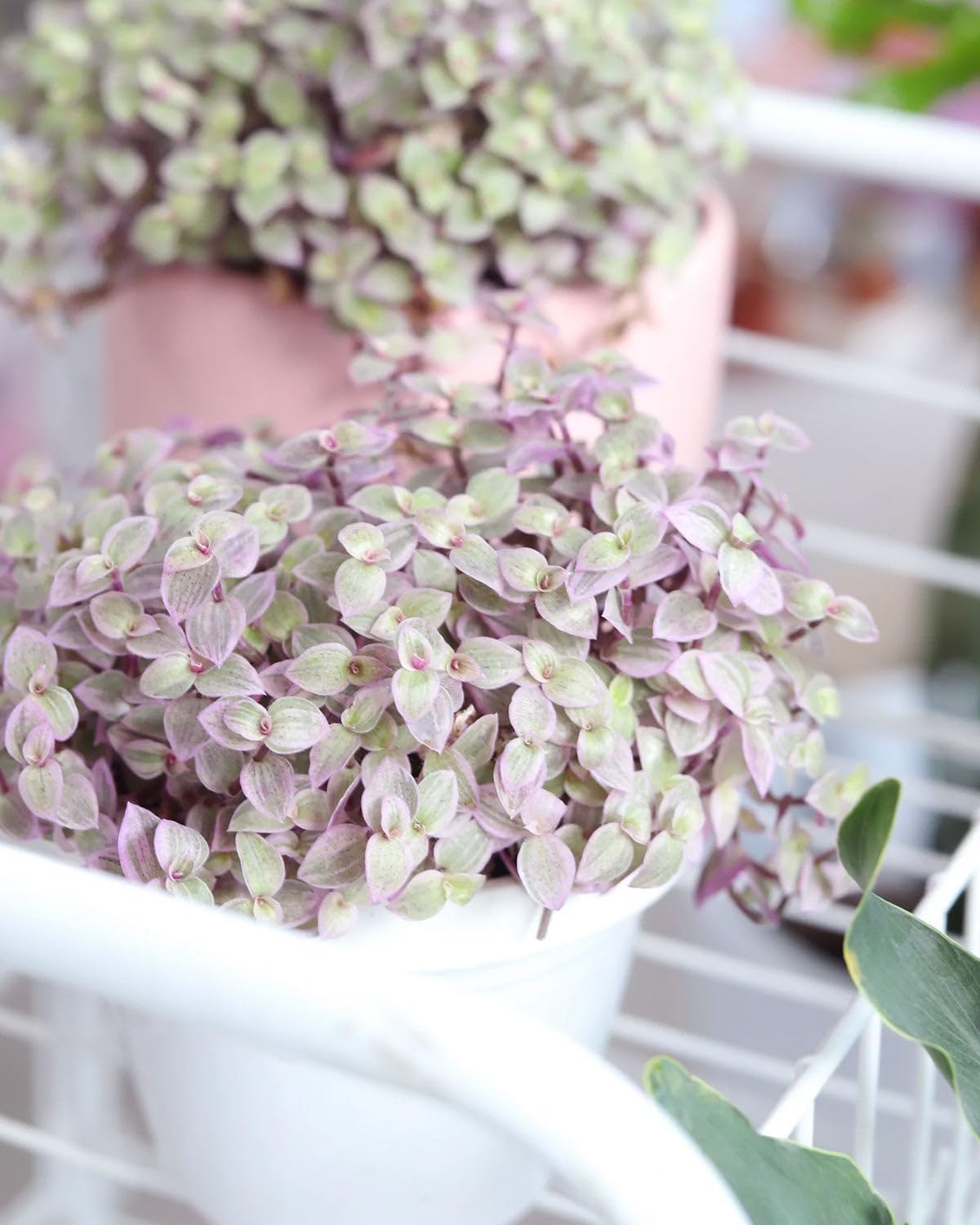
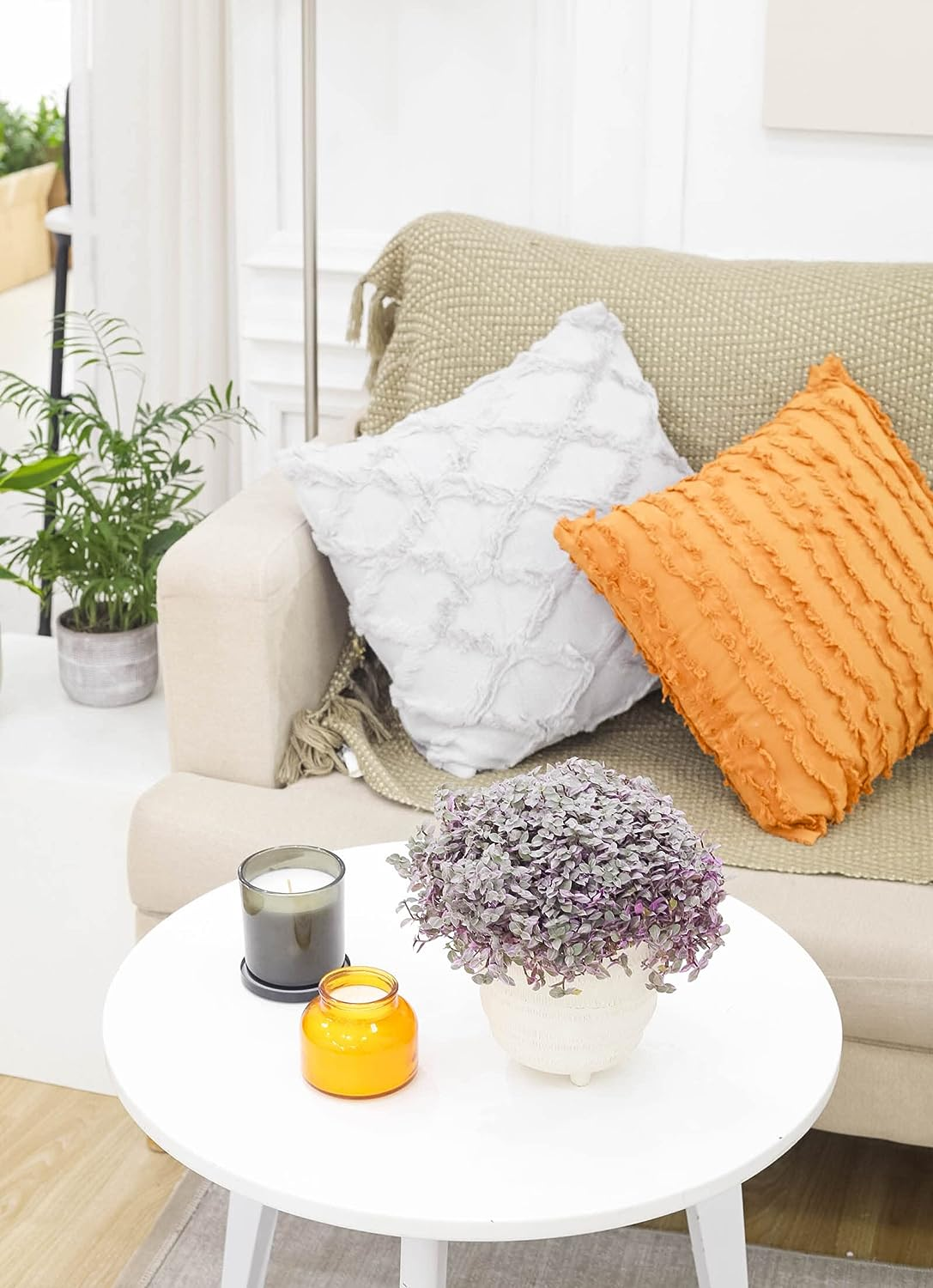
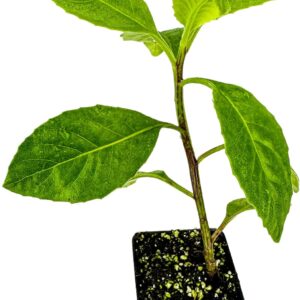

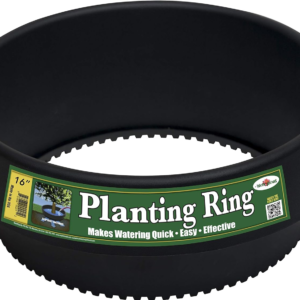
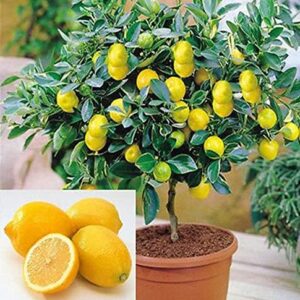
Reviews
There are no reviews yet.